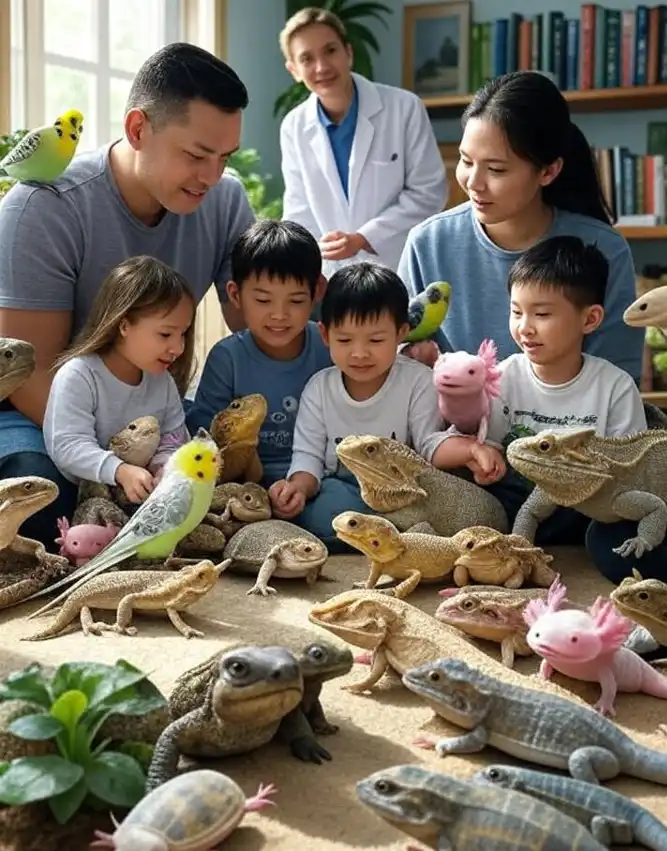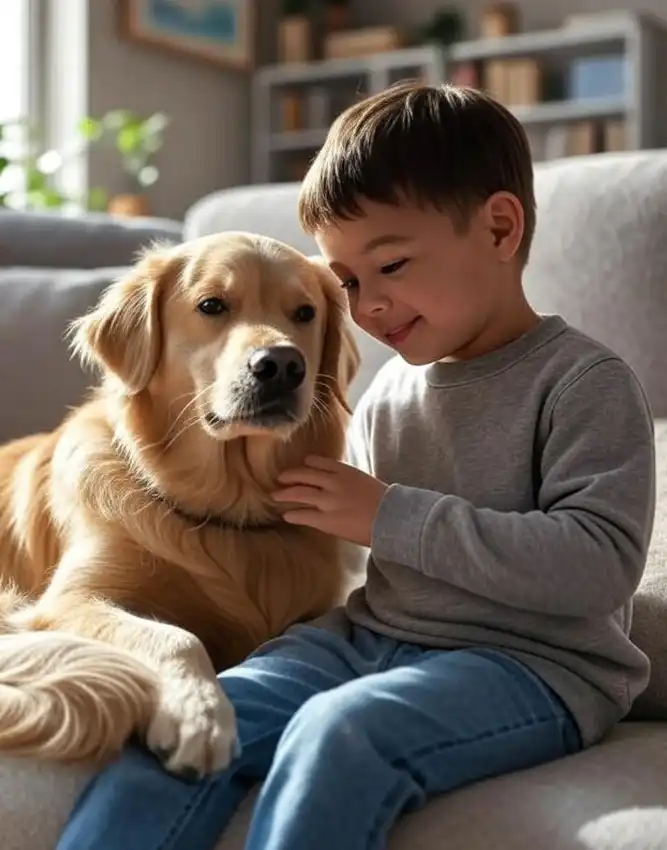Building Empathy: Teaching Your Child to Care for Animals
Nurturing compassion in children! Discover effective strategies for teaching your child to care for animals and foster empathy!
It is unfortunate that children and family pets don’t always have an innate understanding and connection. Young children often view animals as mere playthings, seeing their unique features like long ears, tails, fur, feathers, or other intriguing attributes as opportunities for pulling, tugging, squeezing, and chasing for their own entertainment. However, with guidance and appropriate interactions, children can learn to develop a positive and respectful relationship with their furry friends. Here are some tips to foster a harmonious bond between children and family pets:
1. Introduce a Variety of Animal Friends
Expose your child to different types of animals in various settings. By allowing them to meet different animals, they will become more familiar and comfortable in their presence. However, it is crucial to ensure the presence of the owner or caretaker of the animals during these interactions. This ensures both the safety of the child and the well-being of the animals.
2. Teach Respect and Boundaries
From an early age, teach your child the importance of treating animals with respect. Help them understand that animals have feelings and physical boundaries that should not be violated. Encourage gentle petting and supervised interactions, emphasizing the need to be considerate of the animal’s well-being.
3. Supervise Interactions
Always supervise interactions between children and pets. This allows you to intervene if either the child or the pet becomes overwhelmed or exhibits signs of discomfort. Monitoring their interactions ensures a safe and positive environment for both parties.
4. Educate on Animal Behavior and Body Language
Teach your child to recognize and understand basic animal behavior and body language. Help them identify signs of stress, fear, or aggression in animals, and explain the appropriate response. This knowledge empowers children to interpret and respect the feelings and needs of their furry friends.
5. Encourage Positive Reinforcement
Reward and praise your child for positive behavior and interactions with the family pet. This encourages them to continue treating the animal with kindness and respect. By focusing on positive reinforcement, you can reinforce the importance of gentle and considerate behavior towards animals.
6. Lead by Example
Be a role model for your child by demonstrating responsible and compassionate behavior towards animals. Show them how to properly handle, care for, and interact with pets. Your actions and attitudes will greatly influence their own behavior and perception of animals.
Conclusion: Nurturing Compassionate Connections
Although children and family pets may not naturally connect, with proper guidance and education, a harmonious relationship can be cultivated. By exposing children to various animals, teaching respect and boundaries, supervising interactions, educating on animal behavior, and encouraging positive reinforcement, we can foster a compassionate bond between our children and their furry companions. Ultimately, by nurturing these connections, we not only create a safe environment for both children and pets but also instill valuable life lessons of empathy, kindness, and responsibility in our young ones.
15 Best Animal Friendships in the World
-

How to Clean and Deodorise Pet Beds
-



How Adding Medical Massage Can Expand a Veterinary Practice
-



When to Call Your Landlord for Repairs
-



Are Exotic Pets Safe for Families? A Practical Guide for Curious Households
-



How Building Inspections Ensure Pet-Friendly Homes
-



How to Start a Pet Blog: Choosing the Right Web Hosting
-



15 Celebrities Who Absolutely Adore Their Dogs
-



Personality Traits of Popular Cat Breeds: Which Cat Breed Best Matches Your Lifestyle?
-



MEWOOFUN Sturdy Cat Window Perch Review: A Cozy Spot for Your Feline
-



Successful Pet Businesses With Dr. Tom Harty’s Coaching
-



Oscar & Hooch Luxury Dog Accessories for Your Stylish Dogs
-



Link in Bio Strategy for Pet Businesses
-



Purr-fectly Delicious: A Review of Astkatta Iceland Canned Cat Food and Feast Cat Wet Food
-



Pet-Friendly Property Maintenance Tips
-



Using Pets in Children’s Counseling: A Guide for Parents
-



Moving with Pets: Real Estate Tips for a Smooth Transition
-



Romantic Dog Names for Your Furry Soulmate
-



Top 10 Guinea Pig Water Bowls and Feeders for a Happy, Healthy Pet



